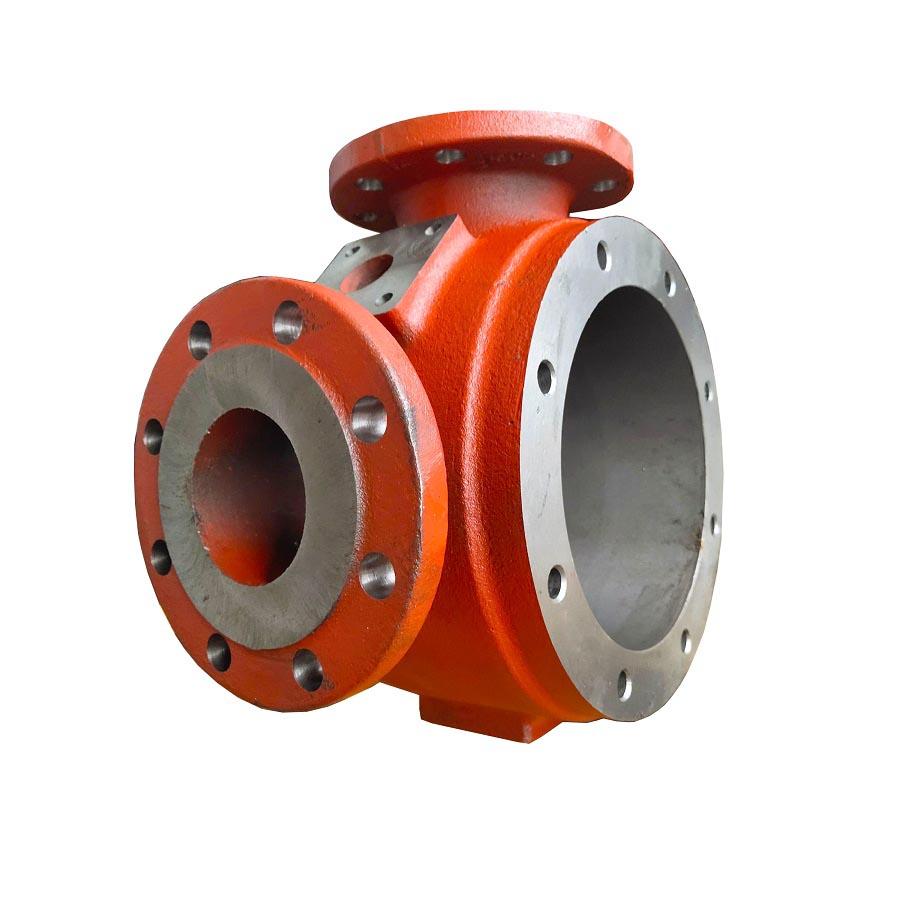
OEM Custom Green Sand Castings
Metal and Alloys: Ductile Iron, Nodular Iron, Cast Steel Process: Green Sand Casting and Machining Weight: 4.6 kg Application: Valve Parts
OEM custom green sand castings in China sand casting foundry with CNC machining services.
Green sand casting process is the most economic iron casting processes with lower pricing because the molding material is cheap and recyclable. Generally speaking, the advantages of green sand casting process include low price, simple production equipment, various unit weight (from 0.1 kg to 500 kg or bigger), and various structure of castings. Moreover, it can meet various quantity production requirements. Reasonably, the disadvantages of this process will be comparatively bad surface quality, more casting defects, and bigger dimensional tolerance.
Green Sand Casting Production Process
1. Making Patterns
Resin or aluminum patterns will be necessary for green sand casting process. Without patterns, the production for castings will be impossible. Sometimes, wooden patterns could be used for small quantity production, but for mass production, resin or aluminum patterns will be more suitable.
2. Molding Process
The green sand molding could be made by three methods typically, including manual molding, molding machine and automatic molding equipment. The manual molding is a traditional molding method, but it still exists because of its capability for large castings at lower costs. The molding machine method could save manpower and produce better quality castings, but it can not produce large castings because of its size limitation of sand boxes.
3. Iron Melting and Pouring
Melting could be done by medium frequency electrical induction furnaces, which could keep the quality good and stable comparing to the traditional furnaces.
4. Sand Blasting and Grinding
After the green sand iron castings are taken out from sand molds, they would be transferred into next steps for shot blasting or shot-peening to remove the sands and oxide outside of the casting parts. Then the operators will cut off, clean and grind the gating heads, risers, parting lines and sharp edges.
Further processing such as heat treatment, precision machining and surface treatment would be proceeded if the drawings or end-users require.
 русский
русский



